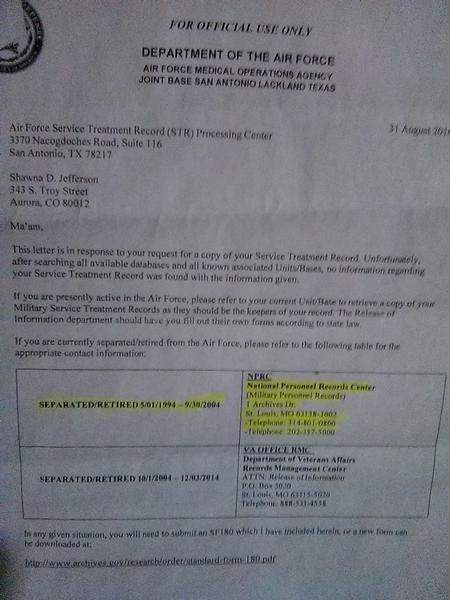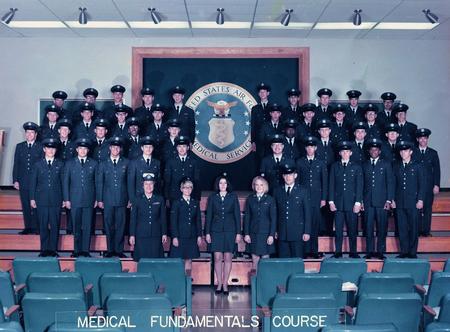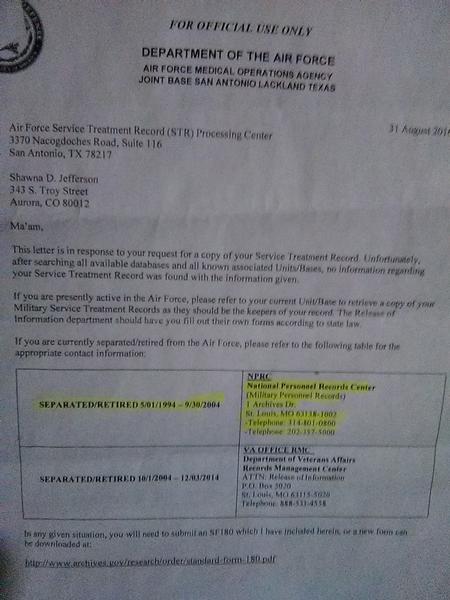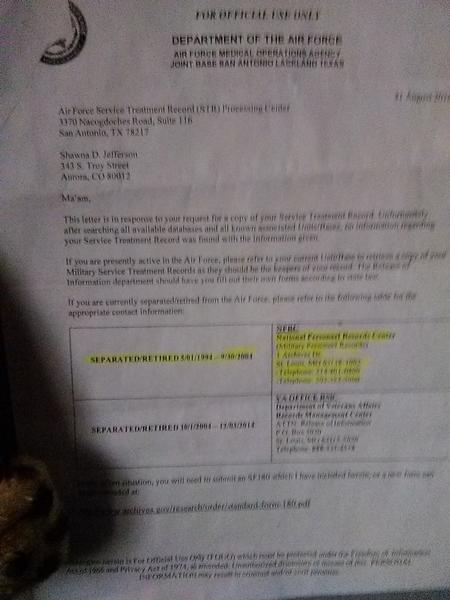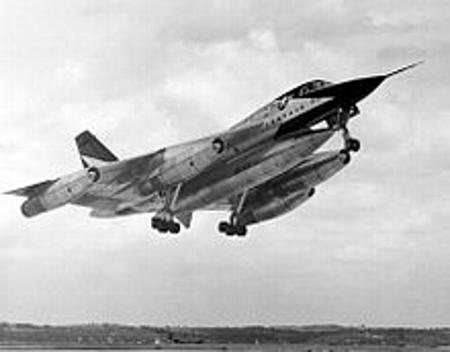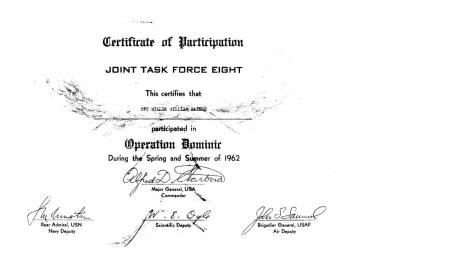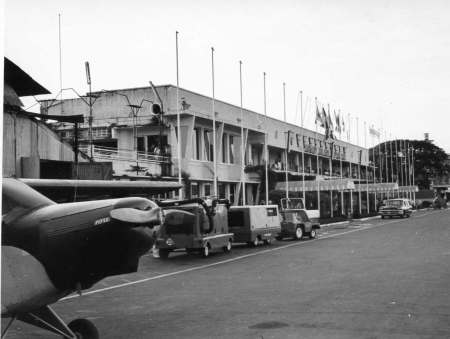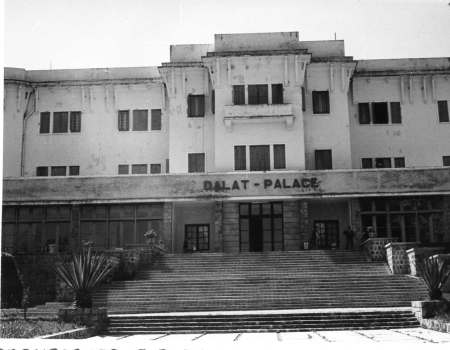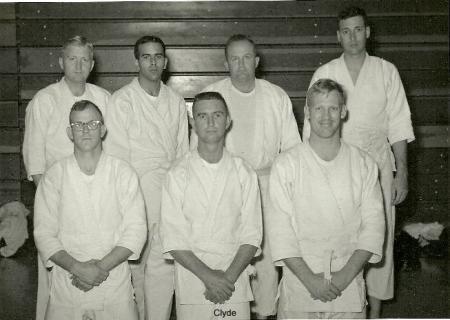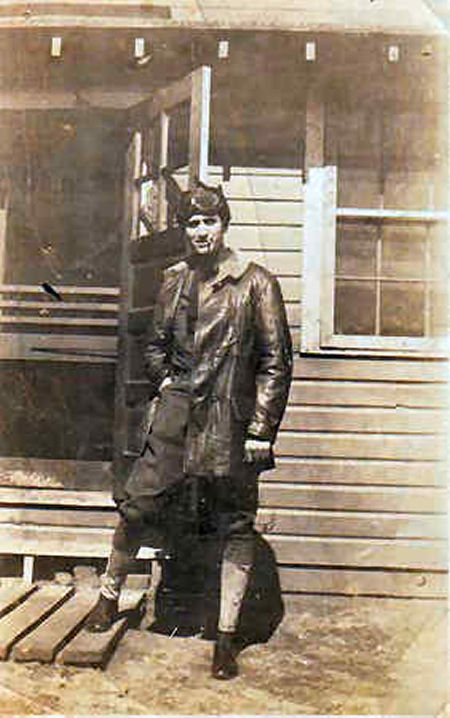ABOUT Aerospace Defense Command
- Origins in the Cold War: The Aerospace Defense Command (ADC) was established in 1968, but its lineage traces back to post-World War II air defense efforts, reflecting the growing concern over Soviet bomber threats during the Cold War.
- First Line of Defense: ADC was responsible for the air defense of North America, operating radar networks, interceptor aircraft, and missile systems to detect and counter potential Soviet attacks.
- SAGE System: ADC utilized the Semi-Automatic Ground Environment (SAGE) system, the world’s first large-scale computer network, to coordinate radar data and direct interceptor squadrons.
- Integration with NORAD: ADC worked closely with the North American Aerospace Defense Command (NORAD), a joint U.S.-Canadian organization, sharing data and command responsibilities for continental air defense.
- Famous Interceptors: ADC operated legendary aircraft such as the F-106 Delta Dart and F-101 Voodoo, which were tasked with intercepting intruding bombers at high speeds and altitudes.
- Missile Defense: The command oversaw the deployment of surface-to-air missile systems like the BOMARC and Nike Hercules, providing an additional layer of protection against enemy aircraft.
- Space Surveillance: As threats evolved, ADC expanded its mission to include space surveillance, tracking satellites and potential space-borne threats as early as the 1960s.
- “Doomsday Plane” Connections: ADC worked in tandem with airborne command posts, such as the EC-135 “Looking Glass,” which would assume command if ground facilities were destroyed in a nuclear attack.
- Alert Status: ADC maintained a high state of readiness, with interceptors kept on “five-minute alert” — pilots and crews were prepared to scramble at a moment’s notice.
- Deactivation and Legacy: ADC was inactivated in 1980 as the threat shifted from bombers to intercontinental ballistic missiles, but its legacy endures in today’s air and space defense commands.


